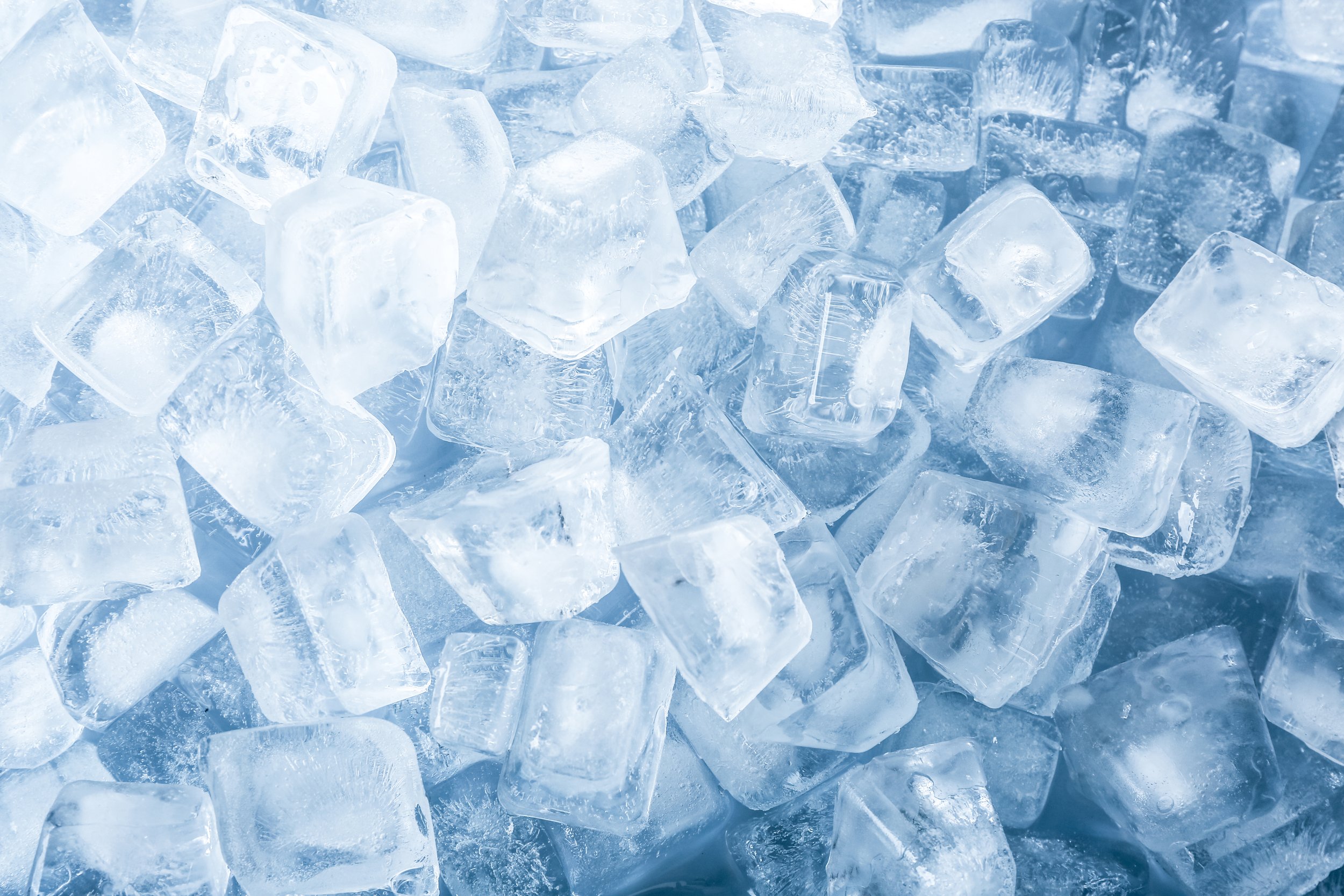Breakthrough Discoveries in Ice Research at Argonne National Laboratory

The seemingly simple substance of ice has been the subject of a groundbreaking study at the Argonne National Laboratory, revealing complexities in its behaviour at extremely low temperatures.
At the heart of this study is premelting, traditionally observed near the freezing point of water. Premelting refers to a thin, liquid-like layer on the surface of ice, a concept first identified in the mid-1800s. However, the Argonne team discovered this phenomenon occurring at temperatures much lower than the freezing point, specifically below -200 degrees Fahrenheit. This finding challenges the traditional understanding of ice's behaviour and prompts a reevaluation of the properties of water in its solid state.
Advanced Imaging Techniques Unveil New Phenomena
The team's approach involved growing ice crystals to nanoscale size, about ten-millionths of a meter across. They then used a state-of-the-art transmission electron microscopy (TEM) form to observe these crystals. This low-dose, high-resolution TEM was crucial as it allowed the researchers to study the ice without causing damage. The technique involves directing a stream of electrons at an object and creating an image based on how these electrons scatter. This method is particularly beneficial for studying materials sensitive to electron beams, like ice.
Jianguo Wen, an Argonne materials scientist and a lead author on the paper, explained the challenges and potential of this approach: "Ice is very challenging to image because it is so unstable under the high-energy electron beam. If we successfully demonstrate this technique on ice, imaging other beam-sensitive materials will be a piece of cake."
Observations Beyond Conventional Understanding
The researchers conducted their experiments at extremely low temperatures, using liquid nitrogen to cool the environment to 130 degrees Kelvin (or -226 degrees Fahrenheit). At these temperatures, they observed the ice nanocrystals behaving in ways not accounted for in the traditional water-phase diagram. The observation at 150 degrees Kelvin (-190 degrees Fahrenheit) was particularly notable, where the ice demonstrated a quasi-liquid layer, defying the standard phase transition from solid to vapour.
Tao Zhou, another Argonne materials scientist involved in the study, highlighted the complexity of their findings: "We showed that premelting can happen far down on the curve, though we cannot explain why." This observation opens up new questions about the behaviour of water in extreme conditions and challenges the simplicity of the conventional phase diagram.
Implications and Future Directions
This research sheds light on ice's intricate properties and demonstrates low-dose TEM's effectiveness in studying sensitive materials. The successful application of this technique to ice crystals paves the way for its use in examining other delicate substances, potentially leading to significant advancements in various fields, including material science and nanotechnology.
The study raises intriguing questions about the nature of water and its transitions between different states, particularly in extreme conditions. Future research could explore these phenomena further, potentially revealing new aspects of material behaviour and contributing to our understanding of fundamental physical processes.
Conclusion
This groundbreaking study advances our knowledge of ice and water and sets the stage for further exploration into other sensitive materials. The successful application of low-dose TEM to ice opens up new possibilities in material science, potentially leading to advancements in areas such as battery technology and beyond. The journey to decode the mysteries of ice continues, promising exciting discoveries in the intricate world of molecular science.
COMPANIES TO WATCH:
Burker, eSpin Technology Inc., Nanonics Imaging Ltd.
Author:
Kate Sivess-Symes
Content Producer and Writer





